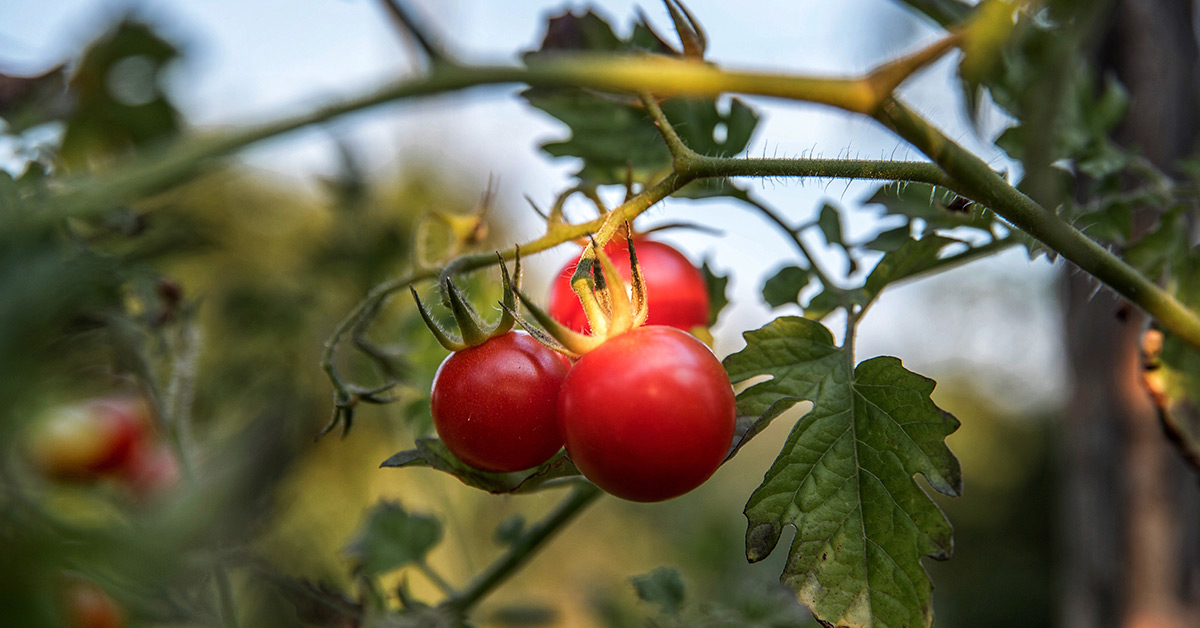
How does the food served by restaurants affect our planet? While the restaurant industry focuses on making memorable experiences for customers, it inevitably creates a negative impact on the environment. From the emissions released during livestock production, to the water used in the food supply chain, to the food waste generated along the way, restaurants create a substantial environmental footprint.
We’ve put together this restaurant sustainability guide in honour of World Environment Day. We’re sharing the impact that the restaurant supply chain has on the environment, examples of how restaurants are minimising their footprint, and sustainable practices that you can implement at your restaurant to reduce your impact.
The negative impact of our food’s supply chain on restaurant sustainability
Food production, transportation, and preparation take a toll on our environment. Here’s how.
Meat production
Livestock agriculture produces 13-18% of the world’s greenhouse gas (GHG) emissions and 11% of Australia’s GHG emissions. However, not all livestock has the same impact on climate change.
Lamb and beef create more emissions than any other type of meat. However beef is by far the biggest producer of GHGs, with one kilogram (kg) of beef creating 60 kg of GHG emissions—nearly 2.5x the closest food type, lamb and mutton. In fact, it takes 515 litres to produce just 1 kg of restaurant-ready beef in Australia!
Transportation
The beauty of living in a global economy is that you can get produce year-round, independent of seasonality. If you operate a restaurant in Sydney and want apricots in August, you can get them from Europe. However, those apricots will have traveled more than 17,000 km to reach your restaurant – using a lot of fuel and generating harmful emissions. In fact, 11% of food production-related GHG emissions are caused by transportation.
Waste
The food supply chain and restaurant customer experience generate a lot of waste – from food waste to plastic waste, and more.
Unfortunately, one-third of the world’s food gets wasted. This waste alone amounts to 8% of the world’s greenhouse gas emissions. Additionally, 1,460 gigalitres of water (over 500,000 olympic swimming pools) is wasted annually to grow Australian produce that is thrown out.
From throwing away “imperfect” foods in the manufacturing process and over-ordering supplies to the overuse of single-use plastics, the restaurant industry greatly contributes to the waste problem.
What restaurants are doing to minimise their impact on the environment
Fortunately, restaurants are finding creative solutions to combat the problems caused by the food supply chain. Here are some of the things that restaurants are doing to minimise their impact on the environment.
The farm-to-table movement
Food travels 1,500 miles, on average, to get from the farm to your customer’s table. This travel contributes greatly to GHG emissions and is therefore bad for the environment.
The farm-to-table movement, which focuses on sourcing ingredients that are local and in-season, was pioneered in Berkeley, California at Chez Panisse. The movement has gone from a niche idea to a mainstream trend in the United States and is helping to lower the impact of the food supply chain on our planet. However, it’s not just the US who are leaning towards sustainable food sourcing – so are a growing number of restaurants in Australia.
Eliminating straws
8 million tonnes of plastic are dumped into the world’s oceans every year, and this number is slowly rising. Plastic pollution has already had a negative effect on aquatic creatures, which accidentally consume this harmful waste.
Operation Straw is leading the Australian revolution to prevent single-use plastics from ending up in our waters. Not only do they organise beach clean ups around Australia, they also provide help and resources to restaurants, bars, cafes and other hospo venues to eliminate straws, which end up in the oceans, and harm sea life.
Compostable containers
While not all food packaging can be eliminated, Mighty Love Food is minimising its environmental footprint by offering compostable take out containers, cups, and silverware.
The Boston-based fast-casual restaurant partners with a local farm to convert their customers’ trash into fertile compost that will help grow nutritious produce for the restaurant.
5 restaurant sustainability practices to implement at your restaurant
Scary statistics and inspirational stories create awareness, but real change is caused by action. Here are some simple sustainable practices you can implement at your restaurant to minimise your environmental impact.
1. Charge for takeout containers
Australia saw an 80% reduction in plastic bag use after two supermarket giants banned single-use plastic bags in mid-2018. Even if your region doesn’t mandate a fee for plastic bags or takeout containers, introducing one at your restaurant could make customers more thoughtful about their impact before deciding to take their food to go.
2. TryMeatless Mondays
Take the emphasis away from meat, and reduce the strain it places on the environment, by implementing Meat Free Mondays at your restaurant. Serve only plant-based dishes on Mondays, or maintain your usual menu but focus your marketing on meat-free dishes on Mondays.
3. Select meat wisely
If you can’t eliminate meat but still want to reduce your restaurant’s environmental impact, opt for poultry. It’s the most environmentally-friendly meat to produce and accounts for only 10% of livestock-related GHG emissions. Furthermore, choose vendors that use the best practices instead of the ones that give you the best price. Worried about higher prices scaring customers away? Three in four millennials and Gen Z-ers would pay more for sustainable goods.
4. Use an inventory management system to reduce food waste
Over 5 million tonnes of food ends up in landfill in Australia each year. What’s to blame? Two in three restaurants don’t use forecasting to manage their purchasing, which results in over-ordering and food spoilage. Use an inventory management system to reduce over-ordering.
5. Implement energy-efficient appliances
In a comparable amount of space, restaurants use five time more energy than any other kind of retail business. This shocking fact accounts for energy used for food preparation, guest comfort (HVAC), and lighting. Replace your restaurant’s appliances with energy- and water-efficient ones to save your restaurant money, and reduce your environmental footprint. Even replacing incandescent light bulbs with LED ones will make a big difference.
The future of restaurant sustainability
While the current impact of the restaurant industry on the environment is alarming, we can change the narrative. With simple adjustments, restaurateurs can implement sustainable practices that will make an impact and reduce food waste, water usage, and emissions. Sustainability matters more than ever. You can read more about sustainability through our free resource on the future of dining.
Are you ready to make a difference?

News you care about. Tips you can use.
Everything your business needs to grow, delivered straight to your inbox.




